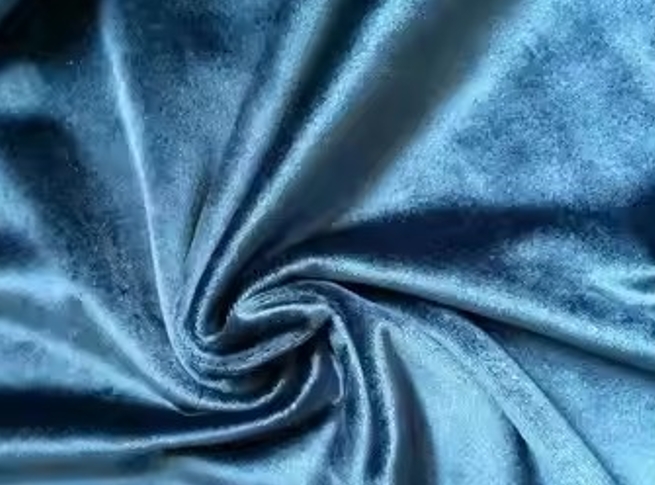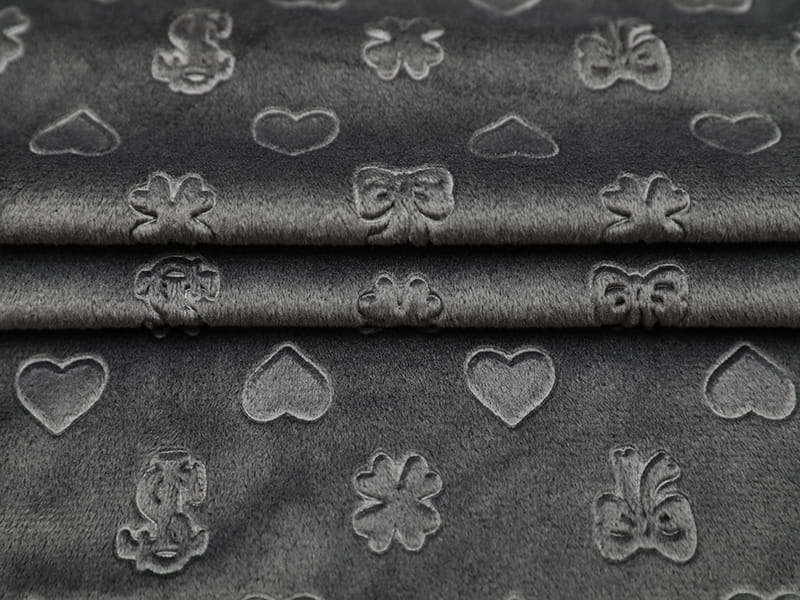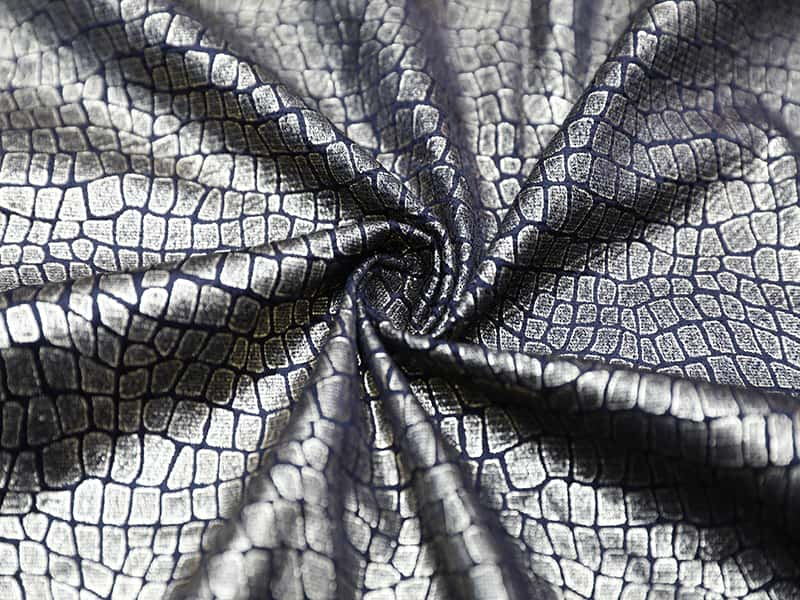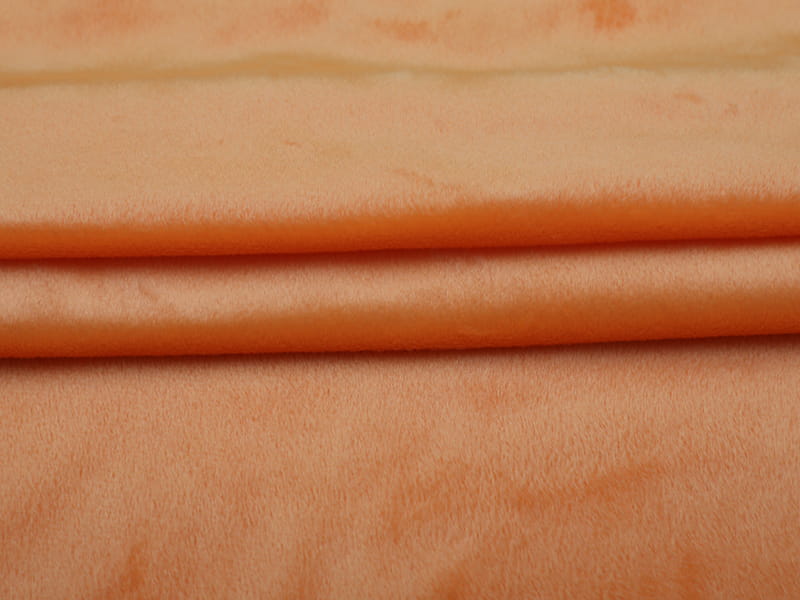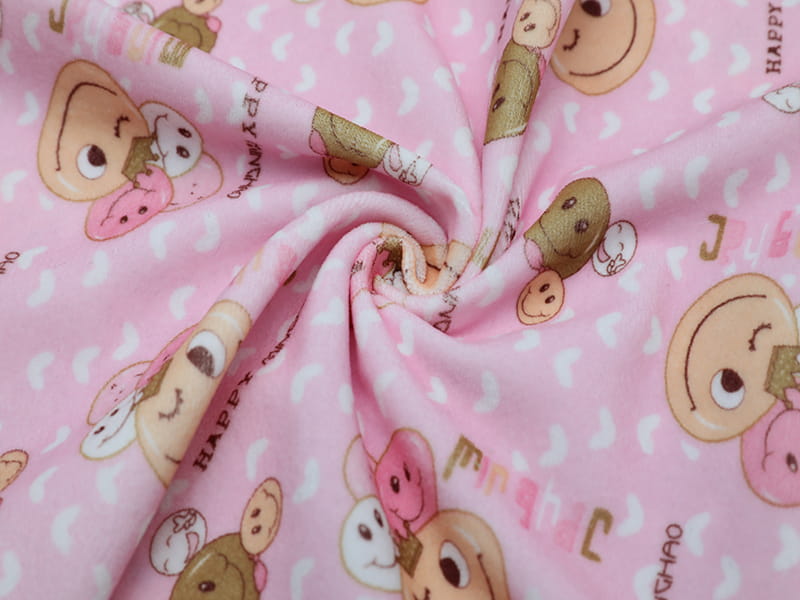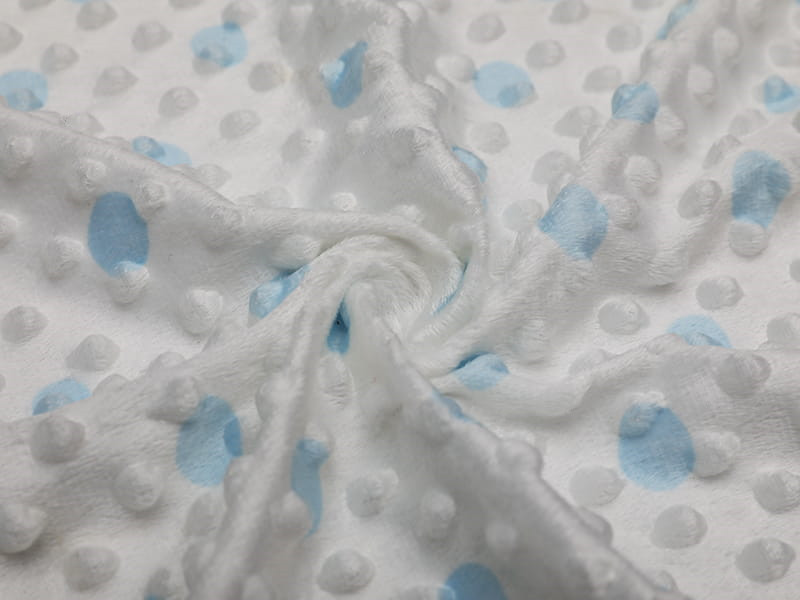Foam printing is an increasingly popular textile printing technique used to produce intricate fabric designs. It can create bold graphics on t-shirts or sweatshirts as well as more subdued and sophisticated patterns on blouses and dresses; additionally, foam printing leaves an eye-catching tactile surface which creates a unique effect when worn.
Foam printing is a popular textile printing technique
Foam printing is an eye-catching textile printing technique that utilises raised areas of fabric to produce distinctive textures that stand out. When combined with bold or contrasting colors, foam printing creates an unforgettable and striking aesthetic.
Use this technique to produce beautiful designs and colors on any type of fabric. Your results may depend on the thickness and color of foam compound used; thicker compounds will have more dramatic, sculptural results while thinner foams produce smoother textures with subtler designs.
Start by drawing a simple design onto one of your foam plates using a pen. Remember that printing will happen in reverse on this type of material; therefore it is wise to flip your design before etching. Foam can't accommodate details close together so be sure that your drawing is large before beginning etching it.
It can be used on a variety of fabrics
Foam printing is an innovative textile printing technique used on various fabrics, creating raised prints on them for a soft and tactile experience. Foam printing works great on cotton, linen, synthetics, wool and worsteds fabrics alike - even corduroy! Corduroy fabric made up of threads of varying thickness called wales can be printed with this printing method to give pants and jackets their own personal flair or fine wale corduroy can even be made into shirts and overalls for children - giving your clothing an added luxurious touch of personalization! Foam printing gives garments that extra personalization without adding an extra touch of cost or wearable weight!
It can be printed with a variety of designs
Foam printing is an innovative textile technique used to produce eye-catching textures. Perfect for adding luxury and sophistication to any space, foam printing offers long-term protection from extreme weather conditions and is extremely durable.
Foam prints offer richer colors and are more moisture resistant. Lightweight and easy to handle, foam prints make an excellent addition to many applications, such as art displays or photo displays.
Preparing for foam printing requires students to first practice on paper; this will familiarize them with the process and avoid mistakes when creating their final design. They should keep in mind that their designs will print backward on a foam plate.
Most foam boards feature a matte finish, which helps ensure truer colors and reduce lighting glare. Some companies do offer glossy options for those who prefer reflective surfaces.
It can be used to create eye-catching textures
Foam printing is an innovative textile technique used to produce eye-catching textures on fabrics like cotton, wool, worsteds and synthetics. Additionally, foam printing can create patterns or images. Foam printing has quickly become one of the go-to techniques among fabric designers.
Foam printing begins by creating a rough draft of your design on paper, before transferring it onto a foam sheet and fixing any errors that arise at this stage. Be sure to make deep and clean lines.
When you are ready to print, put a small scoop of black ink on your brayer and roll it evenly across your plate until everything has been evenly covered. Keep in mind that words written onto foam may appear backwards; therefore, one corner should be designated as "backwards side".

